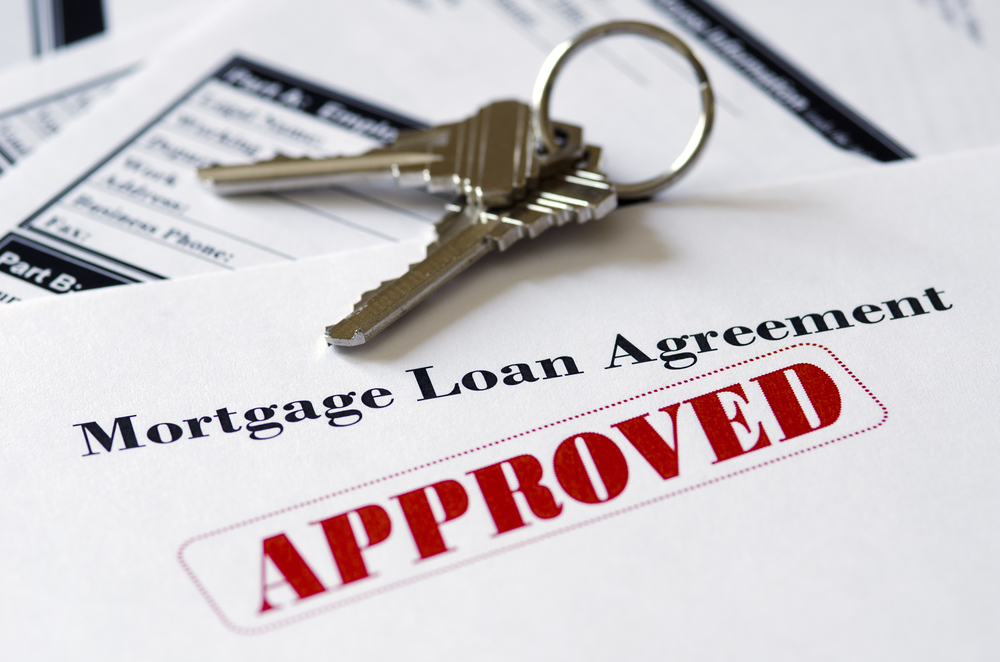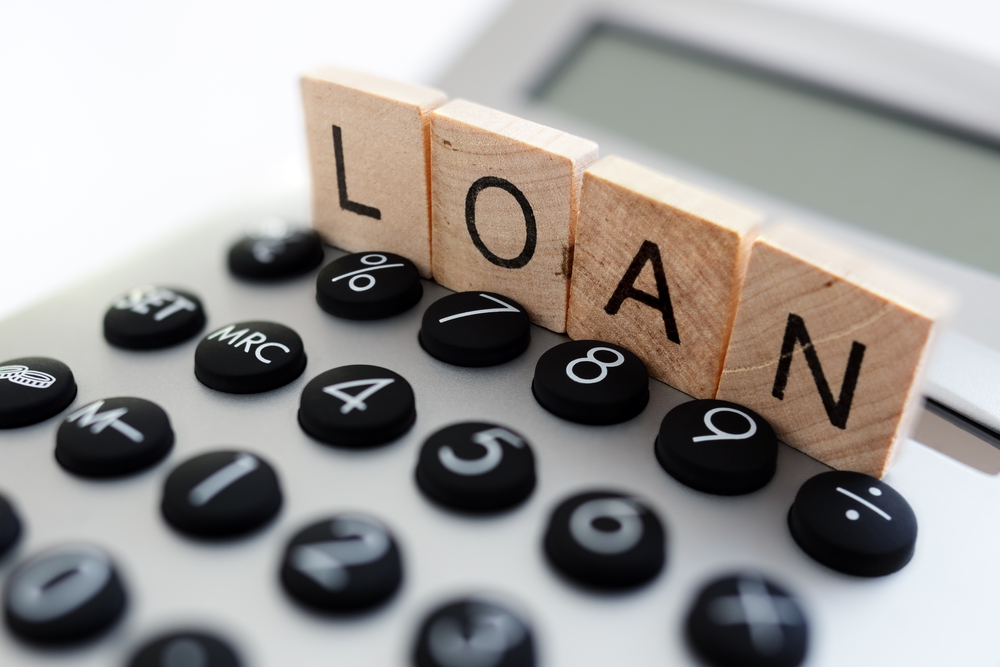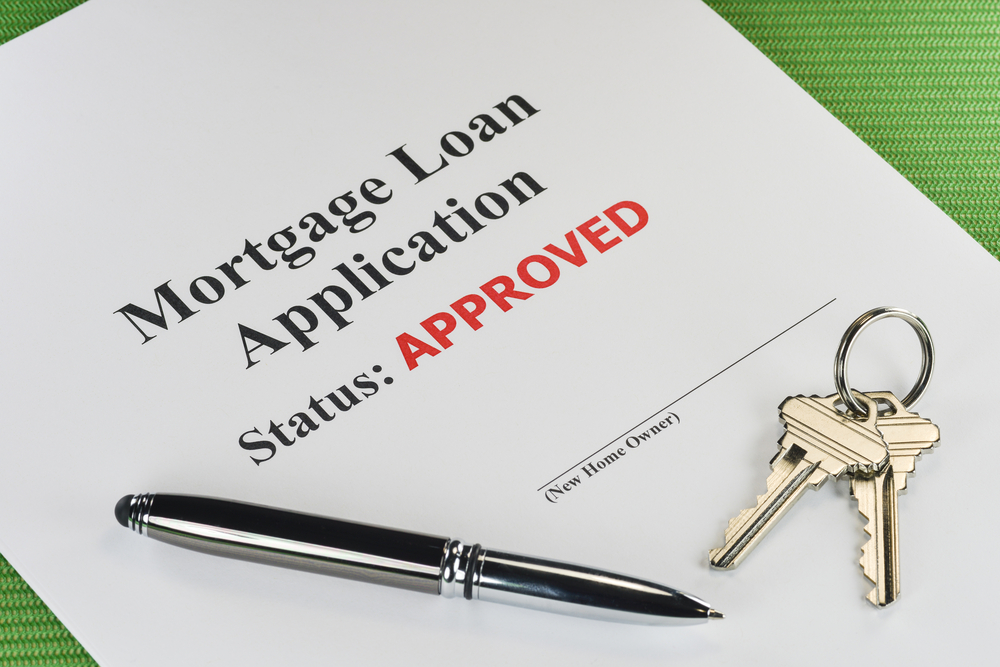Buying a home is a complex, overwhelming process, and there’s a lot of details to sort through. What type of property to purchase? Which mortgage lender to choose? What’s the best mortgage program? The list goes on and on.
One of the biggest decisions of the entire process, however, is how much to spend on a house. Fortunately, you don’t have to make this decision alone. The mortgage lender ultimately determines how much house you can afford based on several factors, such as your income, existing debt and credit.
Before setting out to purchase a home, it helps to have a clear idea of your range of affordability. To learn your price point and remove the guesswork, you have the option of getting pre-approved or pre-qualified for a mortgage.
Some homebuyers use these terms interchangeably, but there are differences between a pre-approval and a pre-qualification. By understanding the difference, you can decide which option is better for your situation.
What is a Pre-qualification?
A pre-qualification is often the first step in applying for a mortgage. You’re required to provide information about your income and credit score, but you don’t provide your Social Security number and the lender doesn’t pull your credit. Based on the information you provide, the bank estimates how much you’re “likely” to qualify for. There’s no commitment from the lender, nor does a pre-qualification guarantee a mortgage approval. It’s a preliminary step. Once you’re pre-qualified, the next step is submitting an official mortgage application and forwarding the appropriate documents to the mortgage lender.
What is a Pre-approval?
A pre-approval provides a more accurate estimation of how much you can afford. Unlike a pre-qualification—where the estimation is based on information you provide—a pre-approval involves a thorough assessment of your financial and credit history. The lender pulls your credit report to evaluate your payment history and debt, and you’ll submit income statements (tax returns, paycheck stubs, W2s) and information about other assets such as bank accounts and investments. Your application goes through an underwriting process and the bank confirms the source of down payment funds. If you meet the qualifications for a mortgage, the lender issues a pre-approval letter
Which Is Better?
So which is better: a pre-qualification or a pre-approval? It really depends on where you are in the home buying process.
A pre-qualification says that you “might” be a good candidate for a mortgage, and this process makes sense if you’re just starting to consider a home purchase and you want to know if you’re even eligible for a mortgage. On the other hand, if you are ready to move forward with a purchase, you can skip the pre-qualification and get pre-approved, which indicates that a decision has been officially rendered. In this case, you’re practically guaranteed a mortgage (as long as there are no significant changes to your income, employment and credit). You’ll be taken more seriously by realtors and sellers, and a written commitment from the lender gives you a competitive edge when shopping for a house.











